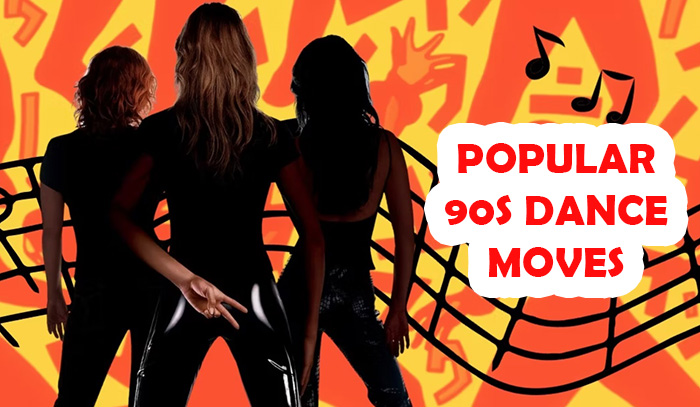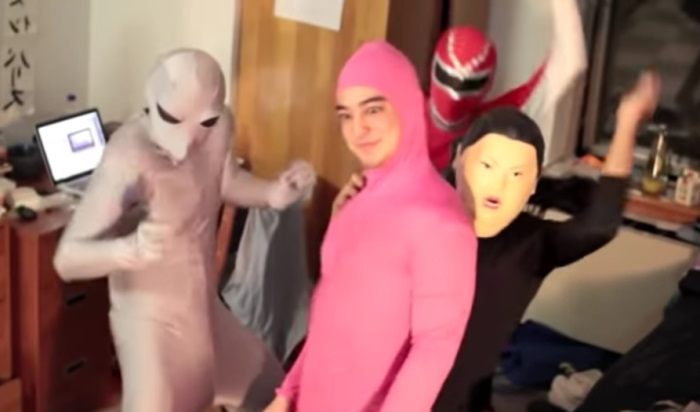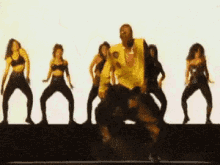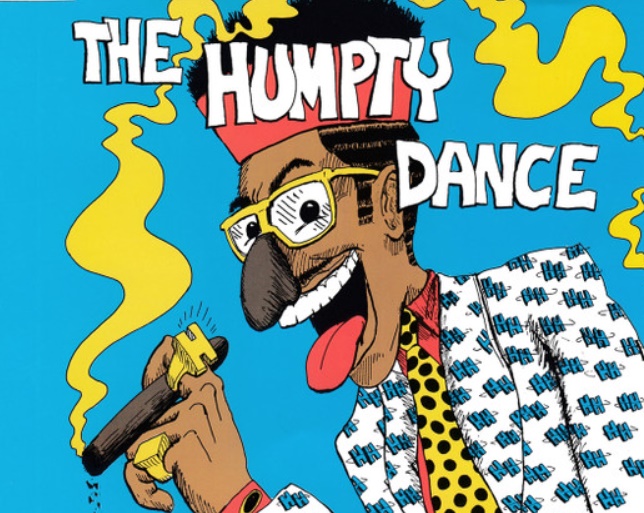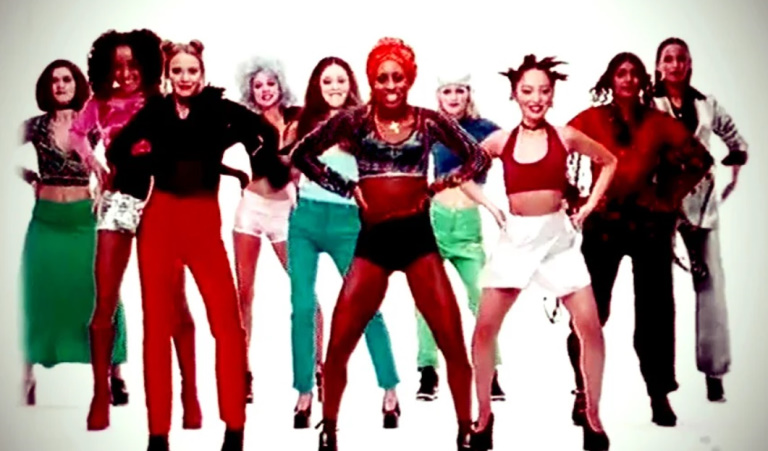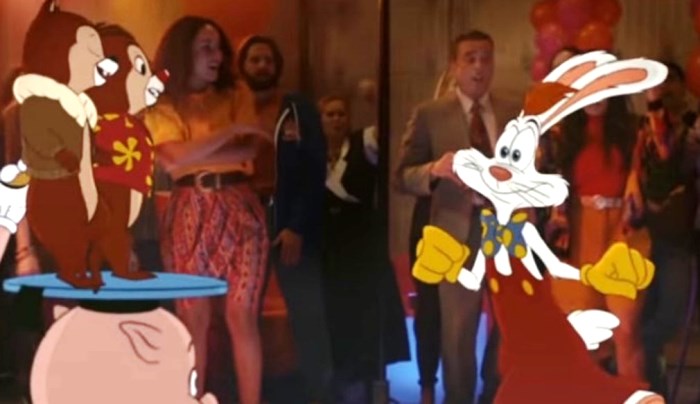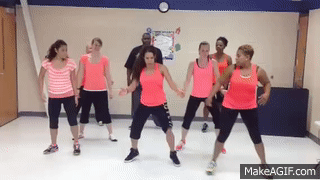The 90s decade witnessed some of the biggest hits in the history of the music industry, and it is undeniable that these 90s dance moves were a crucial factor behind the influence of a song.
If you are a keen, aspiring dancer, let’s take a brief look at these popular names and see how many of them are not strangers to you!
Table of Contents
Popular 90s Dance Moves That Define The Decade
Bart Simpson
So many people have done the Bart Simpson move (or the Creep move) without knowing its name, especially when you have never seen the Simpson guy skateboarding.
The specific origins remained unknown because Creep by TLC was a major hit too and had a certain level of influence on the popularity of the dance.
Either way, the dancer should look like they are sliding in one direction with their arms going to the opposite side, hence the move generally looks better if you have an open, expansive space.
Add some rhythm to the steps and you will be good to go.
Harlem Shake
I know, we recently had a Harlem Shake trend in 2013, but did you know its origins traced as far back as the 80s and 90s?
Despite the original version looking immensely different from what we have seen, one can’t deny it is impressive.
The creator of Harlem described it as “a drunken shake” due to the amount of shaking and shimmying. If you want to nail this move, your versatility and control truly need to be way above average.
People who danced to the 90s Harlem Shake call the modern version a mockery compared to the OG.
Hammer Dance
We can’t talk about 90s music without the music video U Can’t Touch This by MC Hammer. Interestingly enough, it beat The Humpty Dance (which I will mention right below!) to become the Best Rap Video of MTV 1990.
Besides the soundtrack, MC Hammer’s dance skills also contributed significantly to the popularity of rap and hip-hop in the Bay Area. His flashy and flamboyant style is shown quite clearly in the Hammer dance, a big part of the MV.
It made the youths race for a pair of Hammer pants and shuffle at neck-breaking speed.
You will start the dance from a squatting position, followed by fast-paced shuffling sideward. Once you have got the rhythm going, you can incorporate more complicated moves, or engage your chest for a better groove.
Humpty Dance
The Humpty Dance originated from a rap song of the same name by Digital Underground. It was the second song released under Shock G’s alter ego. Immediately, many producers and artists sampled this song, turning it into a hit at that time.
Not only did the song succeed massively, but the dance also took over the world. You couldn’t attend any gathering without seeing people do this move because it was incredibly fun.
The usual routine includes knee dips, bounces back, criss-cross jumps, and arm rolls. The energy level was extremely high and fitting for the 1990s despite the moves not being too difficult.
However, I recommend a warm-up so you don’t run out of breath!
The Humpty Dance is still ranked quite high in lists of hip-hop and general hits, proving its resilient vitality throughout the years.
Kick ‘n’ Step
Also known as the Kid n’ Play Kickstep, this move was created and popularized by the duo Kid ‘n Play. This hip-hop duo was widely popular in the 80s and 90s for both big hits and dance skills.
If you have heard of the Funky Charleston, here it is. Kid ‘n Play took inspiration from the 1920s dance and came up with a routine for two performers instead of a soloist.
They also cleverly incorporated features of urban street dances that were very popular in their time, easily stealing the hearts of the young generations.
You can watch the movie House Party for a clearer view of two dancers holding hands and touching ankles, hopping around and switching places, and repeating.
It never fails as a recreational part of the party, especially when you want to dance with your best friend!
Macarena
From an accompaniment dance to a dance craze getting the whole world rolling, Macarena almost felt like a myth.
However, it is quite reasonable if we think about the 14 weeks this song reigned #1 on the Billboard Hot 100.
The song was about Magdalena (an assertive and sensual woman) but changed to Macarena so people wouldn’t confuse it with another song with the same name.
The performance is a line dance that is still extremely popular in modern culture. You know what “Macarena” means, and people simply won’t miss out on the chance to become a Macarena.
No generous space or masterful dance skills are needed here. Small hops, turns, and some hip movements are all you have to do for this opportunity of social interaction, witty flirting, and so much laughter.
Roger Rabbit
If you think the name is a bit peculiar, you are not wrong! Nonetheless, seeing it with your own eyes might actually change your opinion. I dare to say it deserves to be one of the best hip-hop trends of the 90s!
The name came from an animated film and the dance mimicked Roger Rabbit’s hopping movements. Therefore, it’s fair to say the Roger Rabbit dance can come off as physically demanding, as you will have to hop backward and simultaneously switch between your feet.
The influence of this dance move took it beyond the underground boundaries and into the mainstream culture. Nowadays, it has become a basic move for hip-hop beginners and a transition into more complex routines.
Of all the 90s dance moves, Roger Rabbit is a top favorite with how free and improvisational it is. You can either combine it with other moves or dance your stamina out for fun!
Running Man
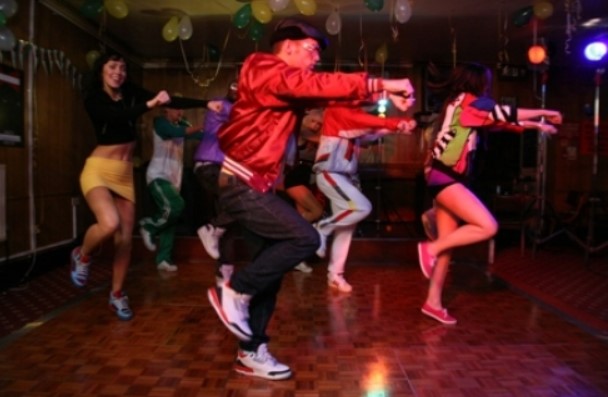
The Running Man dance move was popular in the 80s, created by Paula Abdul and popularized by Janet Jackson. As the decade came to an end, renowned artists like MC Hammer and Bobby Brown successfully improved the move and brought it along with them.
One could say Running Man is a combination of sliding and shuffling, creating the illusion of a runner even though the dancer stays in a fixed spot. Once they are familiar with the steps, they can throw the horizontal arm movements into the mix.
Running Man had two revivals after its golden era.
The first reboot was in the 2000s due to some similarities with the Melbourne Shuffle as well as the mentions from Britney Spears and Scarlett Johansson.
The second time was in “Party Rock Anthem” by LMFAO, which won the best summer song of Billboard 2011.
Tootsie Roll
In 1994, the hip-hop group 69 Boyz released a single named “Tootsie Roll” with a bold statement that it would replace the previously famed Butterfly dance.
It took a while to reach its highest rank on the Billboard 100, though the steady rise helped it reach a lot of audiences.
Along with the upbeat song, the rappers also introduced a fun choreography to the crowd, including so much hip swinging and knee clapping.
During the reign of this song, people would see the dance in every party they went to, be it a house party or a barbecue party. The energy from Tootsie Roll was simply too good to pass up.
Typewriter
You are reading it right! I’m talking about typewriters – the old, outdated device people used to type documents with. Once you finish a line, you will reset the bar so you can start a new one.
MC Hammer surprised his fans again by incorporating this side-to-side move into the “U Can’t Touch This” choreography.
Not to be confused with the Hammer dance, the Typewriter move is remarkably slower. The dancer puts both hands on their hips and simply slithers to the side with small, clumsy-looking steps while maintaining a cheerful expression.
Vogue
I’m not talking about the powerhouse of magazines, but a style of house dance evolving since the end of the 80s. Madonna’s Vogue was the push it needed to go mainstream and gain a much wider audience.
A lot of sources credited Vogue to Paris Dupree, while others cited the prison of black gay men on Rikers Island as they performed Vogue to throw insults or bring themselves to attention.
The oldest trace of Vogue in the US goes back to the 60s among the LGBTQ community of Latino and African-American youths. It was the beginning of art advancements and demonstrations of intersecting, fluid sexualities or races.
Notable celebrities with Vogue influence include Rihanna, Ariana Grande, Willow Smith, and Beyonce. They are known to learn from past Voguers and create a personal expression while maintaining the traditional beats.
Conclusion
90s hits defined the culture and 90s dance moves defined the music industry of the decade.
It’s almost funny, but incredibly sweet that even though we have yet to know about these moves or practice them, we are likely to have seen or watched them somewhere.
Although I desperately want to, including every dance move in a short article is impossible. If you know of other fun moves, please share them with me!
